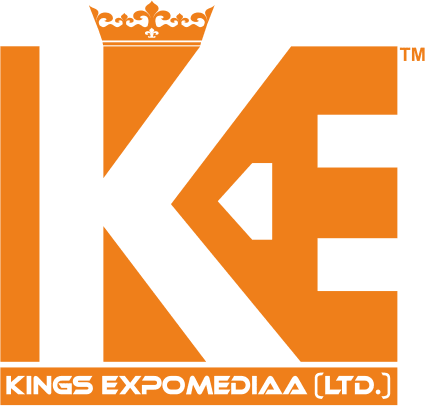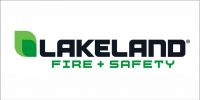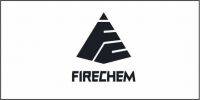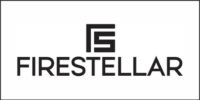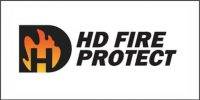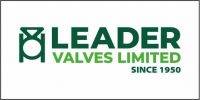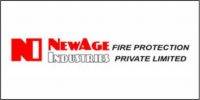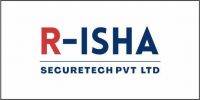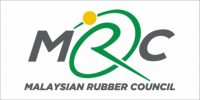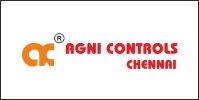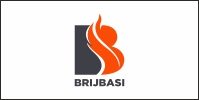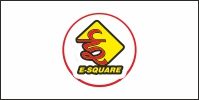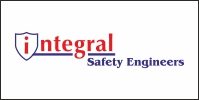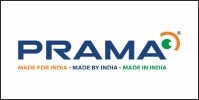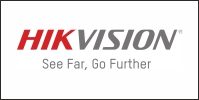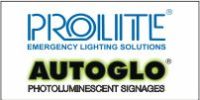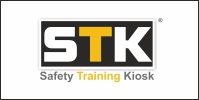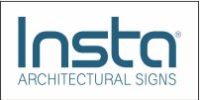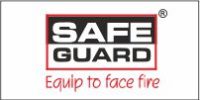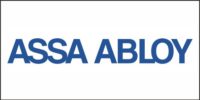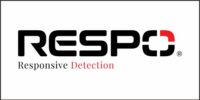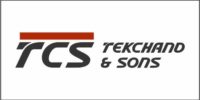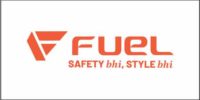 Employers are required to pay for and provide workers with all PPE and are responsible for requiring their use when appropriate. All PPE should meet the American National Standards Institute (ANSI) specifications.
Employers are required to pay for and provide workers with all PPE and are responsible for requiring their use when appropriate. All PPE should meet the American National Standards Institute (ANSI) specifications.
Develop a Personal Protective Equipment (PPE) Program
Your PPE program should outline hazards present and the proper PPE that is to be worn. The program should explain how to select and ensure the proper fit for PPE. The PPE program needs to cover proper inspection and maintenance of all PPE.
Training workers on the proper use and safety benefits of PPE should be covered in your program. Make sure to post signage alerting workers to the PPE they should be wearing in different areas of the jobsite.
Head Protection
Hard hats protect workers from falling and flying objects to prevent striking head injuries. They also insulate from electric shock. Because conditions on construction sites are constantly changing, a good rule of thumb is to require everyone on the jobsite to wear a hard hat at all times.
Be sure to follow the manufacturer’s directions for adjusting the suspension in the hard hat to ensure a comfortable and secure fit. Don’t stuff anything in the hard hat while wearing it, as it could compromise the gap between the shell and the suspension.
Hearing Protection
Hearing protection must be provided and used when noise levels or duration cannot be reduced to those specified in Table D-2 – Permissible Noise Exposures of OSHA standard number 1926.52.
Acceptable hearing protection included earmuffs and earplugs which are to be fitted into the ear. Earplugs must be individually fitted by a competent person. Plain cotton is not an acceptable protective device according to OSHA.
Eyes & Face Protection
Eye and face protection is needed when workers are exposed to hazards from flying particles, molten metal, liquid chemicals, acids, caustic liquids, chemical gases, vapors, and light radiation.
For workers who wear corrective lenses, prescriptions should be incorporated into the design of the eye protection or the eye protection should be designed to be worn over the prescription lenses.
Face masks, safety goggles, and safety glasses should be selected based on the hazard they were designed to protect workers from. It should fit snugly and comfortably and not interfere with a worker’s movement. Protective eyewear should be durable, cleanable, and capable of being disinfected.
